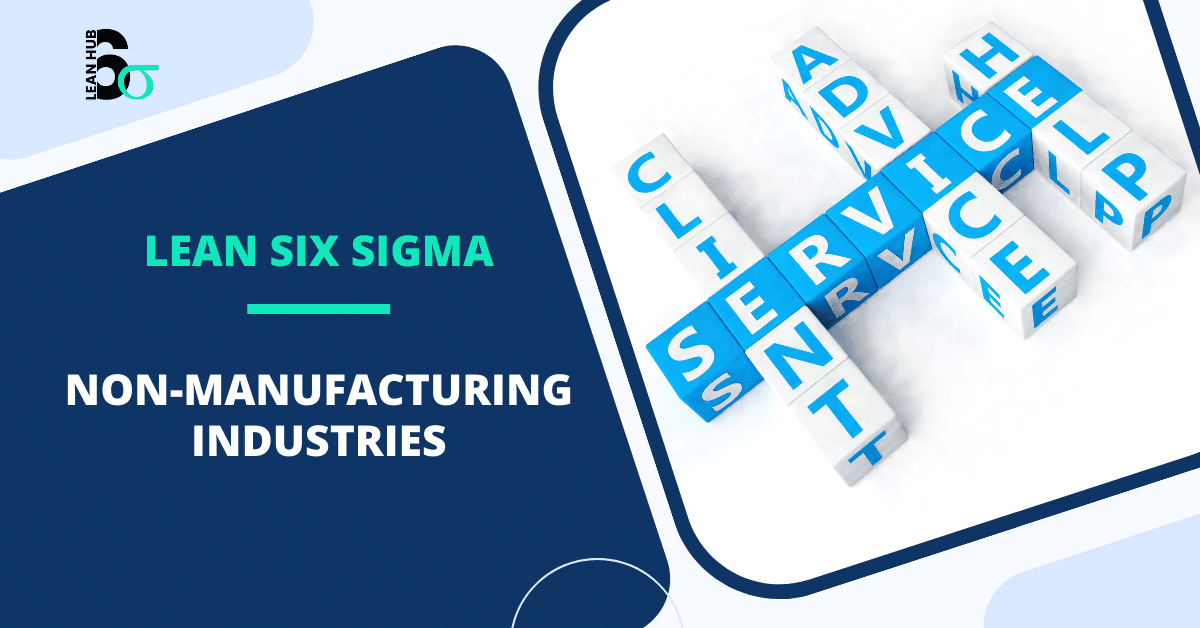Waste is a significant problem in many businesses, leading to inefficiency, higher costs, and reduced customer satisfaction. Lean Six Sigma provides a framework for identifying and eliminating waste in all its forms, helping organizations improve processes and deliver greater value to customers. This article will explore the eight types of waste identified in Lean Six Sigma and how businesses can reduce or eliminate them.
What is Waste in Lean Six Sigma?
In Lean Six Sigma, waste is defined as any activity that does not add value to the customer. These non-value-added activities are often hidden in processes, but when identified and eliminated, they can lead to significant improvements in efficiency and cost reduction.
The Lean Six Sigma methodology identifies eight types of waste, commonly referred to by the acronym DOWNTIME. These types of waste are present in virtually all industries and business processes.

The 8 Types of Waste
1. Defects
Defects occur when products or services deviate from customer expectations, resulting in rework, repairs, or discarding faulty products. Defects waste time, materials, and resources, and they can lead to dissatisfied customers. Reducing defects through improved quality control and process standardization is a key focus of Six Sigma.
2. Overproduction
Overproduction occurs when more products are made than are needed. This often leads to excess inventory, wasted materials, and additional storage costs. Overproduction can also result in products becoming obsolete or unsellable. Lean focuses on producing only what is needed, when it is needed, to avoid overproduction.
3. Waiting
Waiting occurs when work-in-progress items sit idle because the next step in the process is not ready. Waiting is common in manufacturing and service industries, where bottlenecks or delays in one part of the process can cause downstream operations to grind to a halt. Reducing waiting times helps improve process flow and overall efficiency.
4. Non-Utilized Talent
Non-utilized talent refers to the underutilization of employees’ skills, knowledge, and creativity. When employees are not given opportunities to contribute their full potential, it leads to wasted talent. Lean Six Sigma encourages employee engagement and cross-training to ensure that everyone can contribute to process improvement efforts.
5. Transportation
Transportation waste occurs when materials, products, or information are moved unnecessarily between locations. Excessive transportation increases the risk of damage, delays, and additional handling costs. By optimizing transportation routes and eliminating unnecessary movements, businesses can reduce transportation waste and improve efficiency.
6. Inventory
Excess inventory is wasteful because it ties up capital and resources that could be used more effectively elsewhere. It also increases the risk of obsolescence, spoilage, and storage costs. Lean encourages just-in-time (JIT) production, where materials and products are delivered only when needed, reducing the need for excess inventory.
7. Motion
Motion waste occurs when employees or equipment move more than necessary during the course of their work. Unnecessary walking, reaching, or searching for tools or materials can add up to significant lost time and productivity. Lean focuses on optimizing workspace layouts to minimize motion waste and improve efficiency.
8. Extra Processing
Extra processing occurs when more work is done than is necessary to meet customer requirements. This might include redundant steps, over-engineering products, or excessive quality checks. By simplifying processes and focusing on value-added activities, businesses can eliminate extra processing waste.
How to Identify Waste in Your Processes
To reduce waste, the first step is to identify where it exists in your processes. Several Lean Six Sigma tools can help with this:
- Value Stream Mapping: This tool allows teams to visualize the flow of materials and information in a process. By mapping out each step, teams can identify bottlenecks, delays, and non-value-added activities that contribute to waste.
- Gemba Walks: A Gemba walk involves observing the actual work being done on the shop floor or in service environments. By watching the process in action, teams can spot inefficiencies and areas where waste is occurring.
- 5S: The 5S methodology helps create a clean, organized workspace, reducing wasted time spent searching for tools or materials.
Practical Steps to Eliminate Waste Using Lean Six Sigma Tools
Once waste has been identified, Lean Six Sigma provides a variety of tools and techniques to eliminate it. Here are a few practical steps businesses can take to reduce the eight types of waste:
- Implement 5S: Organizing the workplace through 5S ensures that tools and materials are easily accessible, reducing motion waste and improving overall efficiency.
- Use Kanban: Kanban is a visual scheduling system that helps manage workflow and ensures that materials are only ordered or produced when needed, reducing overproduction and excess inventory.
- Conduct Kaizen Events: Kaizen events are short, focused projects aimed at making quick, incremental improvements. These events bring together employees from different departments to identify and eliminate waste in specific processes.
- Standardize Processes: Standardizing processes helps reduce defects and extra processing by ensuring that everyone follows the same procedures, leading to more consistent results.
Benefits of Reducing Waste in Your Organization
Eliminating waste through Lean Six Sigma offers several benefits for businesses:
- Cost Savings: By reducing waste, organizations can lower their operational costs, including material, labor, and storage expenses.
- Improved Efficiency: Streamlining processes and eliminating non-value-added activities results in faster production times and better use of resources.
- Higher Quality: Reducing defects and improving process consistency leads to higher-quality products or services, which enhances customer satisfaction.
- Employee Engagement: Involving employees in waste reduction efforts empowers them to contribute to process improvement and increases job satisfaction.
Conclusion
Lean Six Sigma provides a structured approach for identifying and eliminating waste in all areas of a business. By focusing on the eight types of waste—defects, overproduction, waiting, non-utilized talent, transportation, inventory, motion, and extra processing—organizations can improve efficiency, reduce costs, and deliver greater value to customers. The tools and techniques of Lean Six Sigma offer practical ways to remove waste from processes and create a culture of continuous improvement that drives long-term success.









